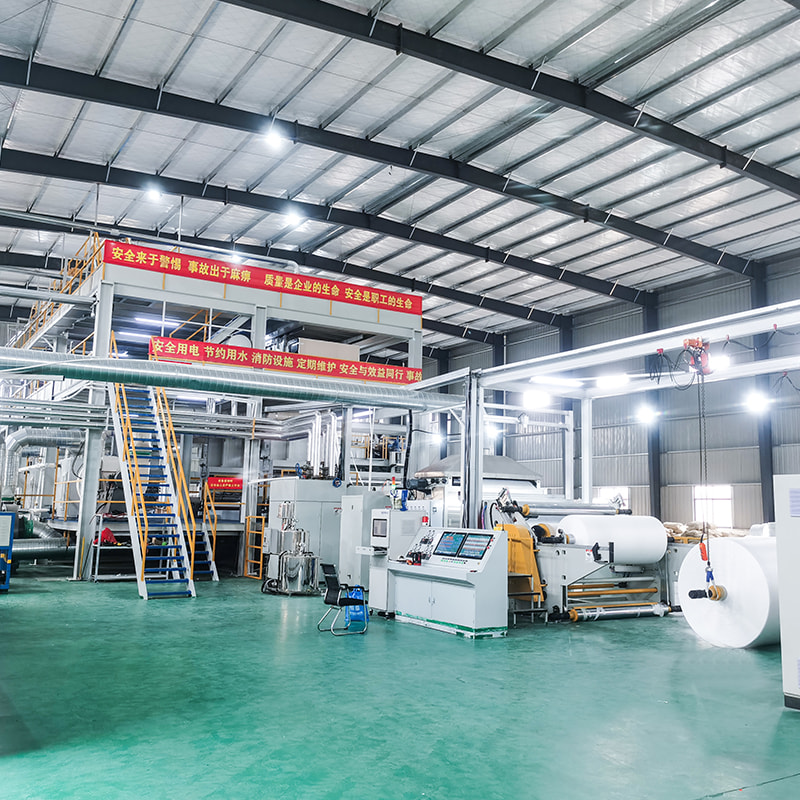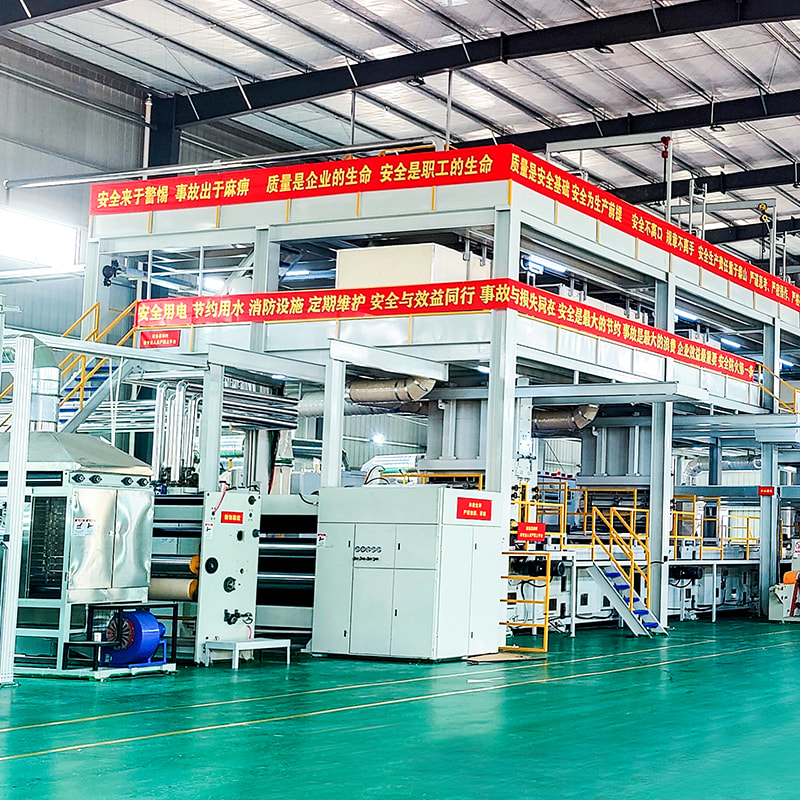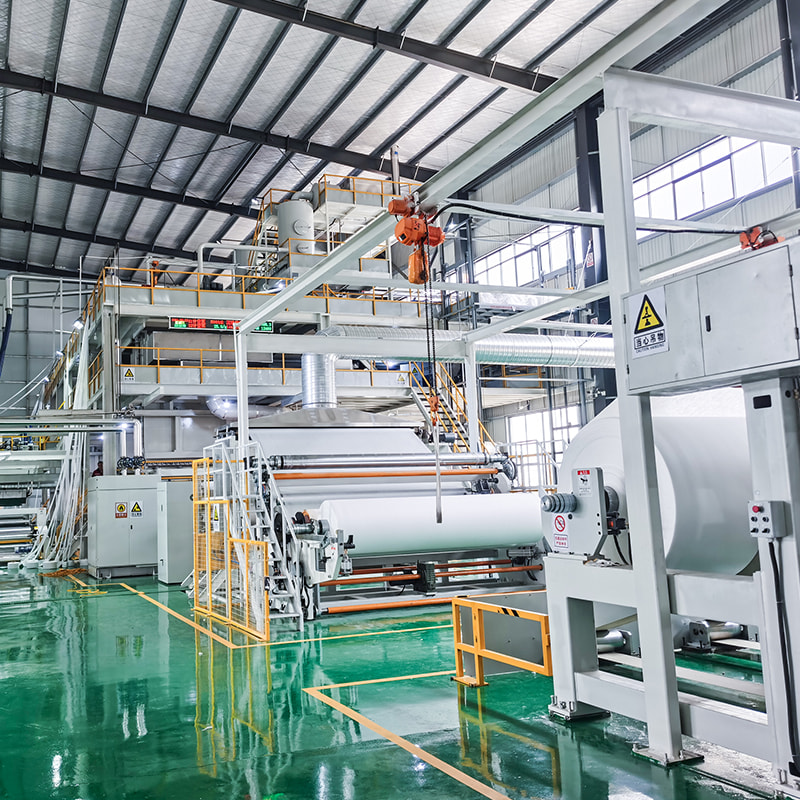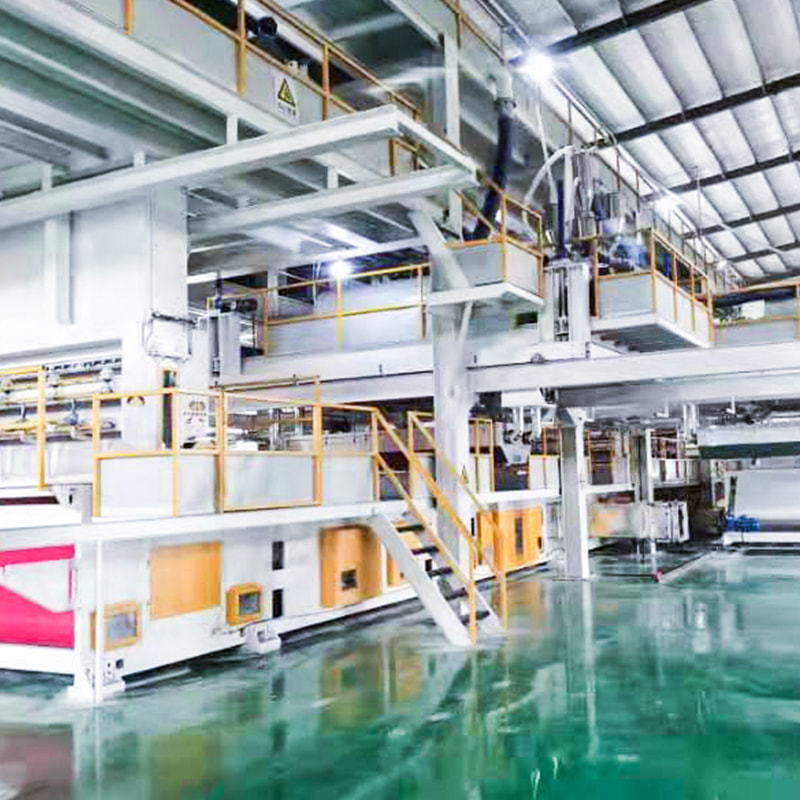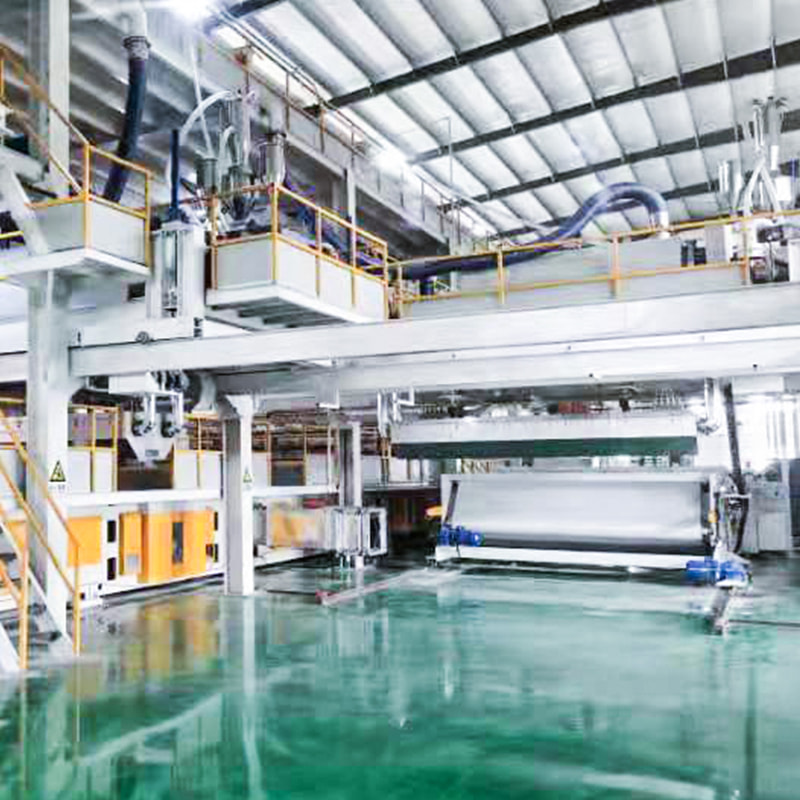How does the Melt blown nonwoven machine handle waste or byproducts generated during production, and are there recycling or disposal considerations?
In the realm of manufacturing, especially in industries like textiles and filtration, the production of melt blown nonwoven fabric plays a crucial role. However, along with the production of high-quality fabric, there's an inevitable aspect to address — the management of waste and byproducts generated during the production process.
1. Collection and Separation
One of the initial steps in waste management within a melt blown nonwoven machine is the collection and separation of waste materials. These materials can range from trimmings and excess fibers to defective products. Modern machines often come equipped with mechanisms to automatically collect and segregate these waste materials during or after the production process. This segregation is crucial as it ensures that reusable materials are separated from waste, facilitating further processing or disposal.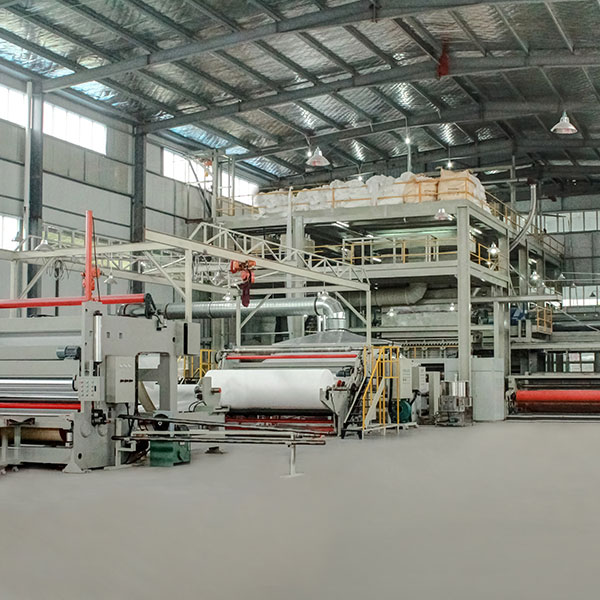 2. Storage and Containment
2. Storage and Containment
Once waste materials are collected, they are stored in designated containers or compartments within the machine or the production area. Proper storage and containment are essential not only to prevent contamination but also to maintain a safe working environment. These containers are typically designed to handle the specific types of waste generated, ensuring that they are securely stored until further action is taken.
3. Recycling Options
Recycling is a key consideration in sustainable waste management practices. In the context of melt blown nonwoven machines, certain waste materials, such as trimmings and offcuts of fabric, can often be recycled. This recycling process involves assessing the quality and suitability of the waste materials for reprocessing. If the materials meet the required standards and can be reprocessed effectively, they are often recycled back into the production process. This not only reduces waste but also conserves resources and supports eco-friendly manufacturing practices.
4. Disposal Considerations
While recycling is an ideal approach, not all waste materials may be suitable for recycling. In such cases, proper disposal becomes necessary. Melt blown nonwoven machine operators must adhere to local regulations and guidelines regarding waste disposal. This may involve sorting waste, compacting it for efficient disposal, and arranging for disposal methods such as landfill or incineration, following all environmental and safety protocols.
5. Environmental Impact and Compliance
Sustainable waste management in melt blown nonwoven machine production goes beyond recycling and disposal. Manufacturers also focus on minimizing waste generation and reducing the environmental impact of their operations. This includes optimizing production parameters to minimize material wastage, using eco-friendly materials where possible, and investing in waste treatment technologies.
1. Collection and Separation
One of the initial steps in waste management within a melt blown nonwoven machine is the collection and separation of waste materials. These materials can range from trimmings and excess fibers to defective products. Modern machines often come equipped with mechanisms to automatically collect and segregate these waste materials during or after the production process. This segregation is crucial as it ensures that reusable materials are separated from waste, facilitating further processing or disposal.

Once waste materials are collected, they are stored in designated containers or compartments within the machine or the production area. Proper storage and containment are essential not only to prevent contamination but also to maintain a safe working environment. These containers are typically designed to handle the specific types of waste generated, ensuring that they are securely stored until further action is taken.
3. Recycling Options
Recycling is a key consideration in sustainable waste management practices. In the context of melt blown nonwoven machines, certain waste materials, such as trimmings and offcuts of fabric, can often be recycled. This recycling process involves assessing the quality and suitability of the waste materials for reprocessing. If the materials meet the required standards and can be reprocessed effectively, they are often recycled back into the production process. This not only reduces waste but also conserves resources and supports eco-friendly manufacturing practices.
4. Disposal Considerations
While recycling is an ideal approach, not all waste materials may be suitable for recycling. In such cases, proper disposal becomes necessary. Melt blown nonwoven machine operators must adhere to local regulations and guidelines regarding waste disposal. This may involve sorting waste, compacting it for efficient disposal, and arranging for disposal methods such as landfill or incineration, following all environmental and safety protocols.
5. Environmental Impact and Compliance
Sustainable waste management in melt blown nonwoven machine production goes beyond recycling and disposal. Manufacturers also focus on minimizing waste generation and reducing the environmental impact of their operations. This includes optimizing production parameters to minimize material wastage, using eco-friendly materials where possible, and investing in waste treatment technologies.



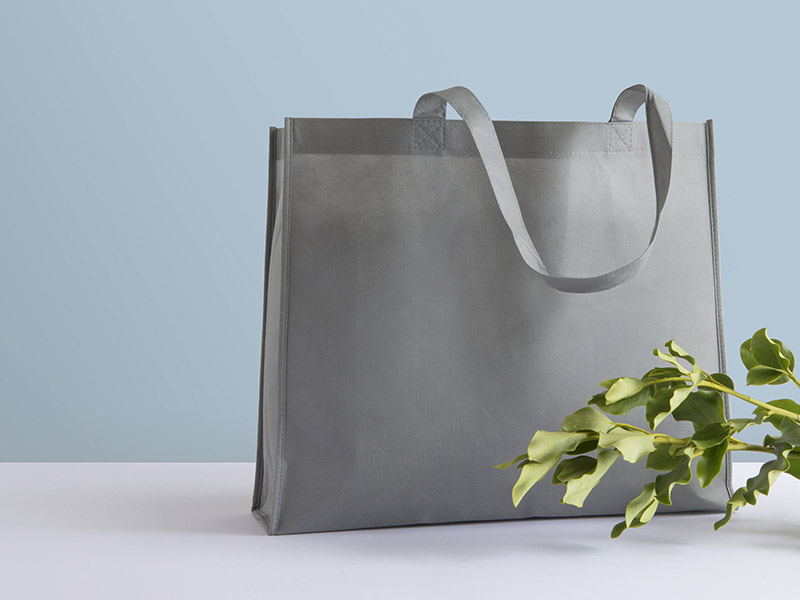
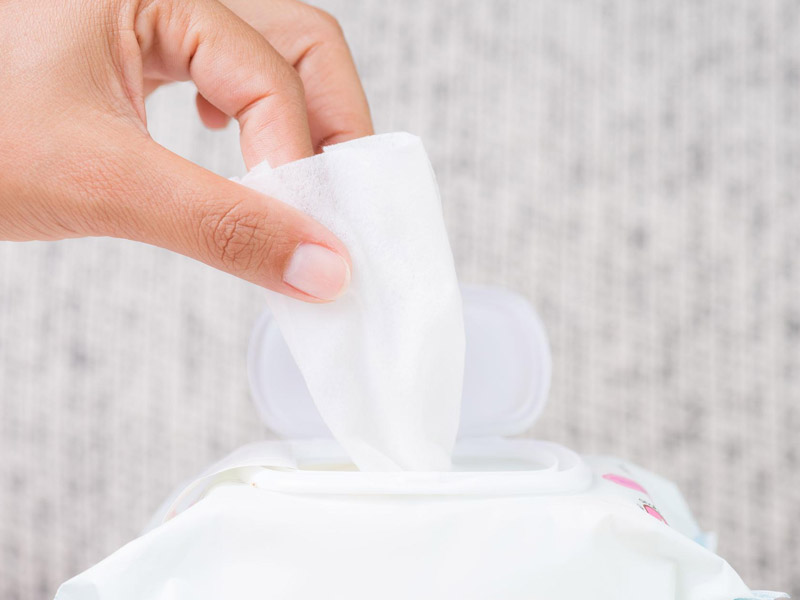
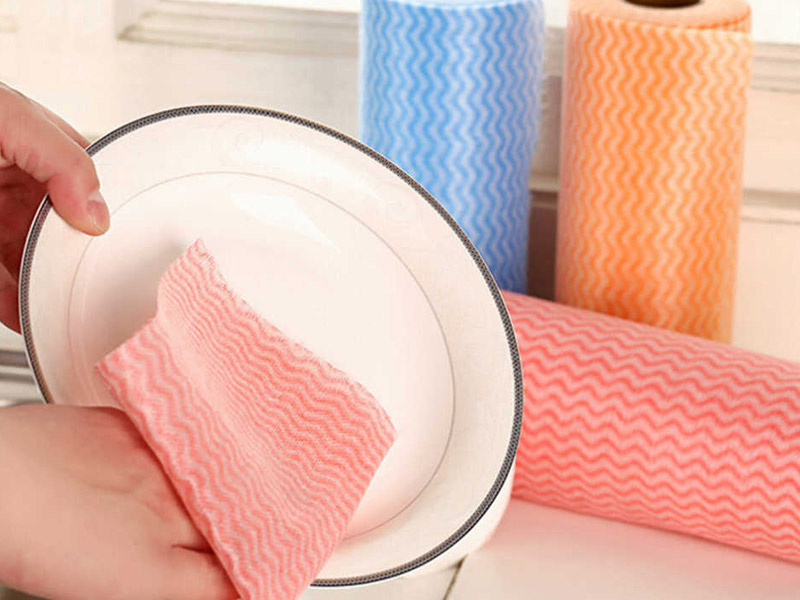
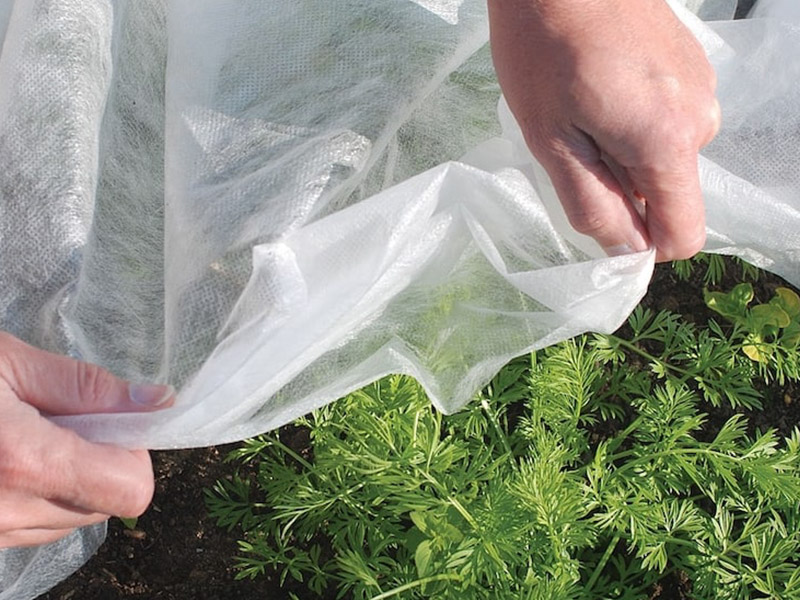
 English
English 中文简体
中文简体 русский
русский عربى
عربى